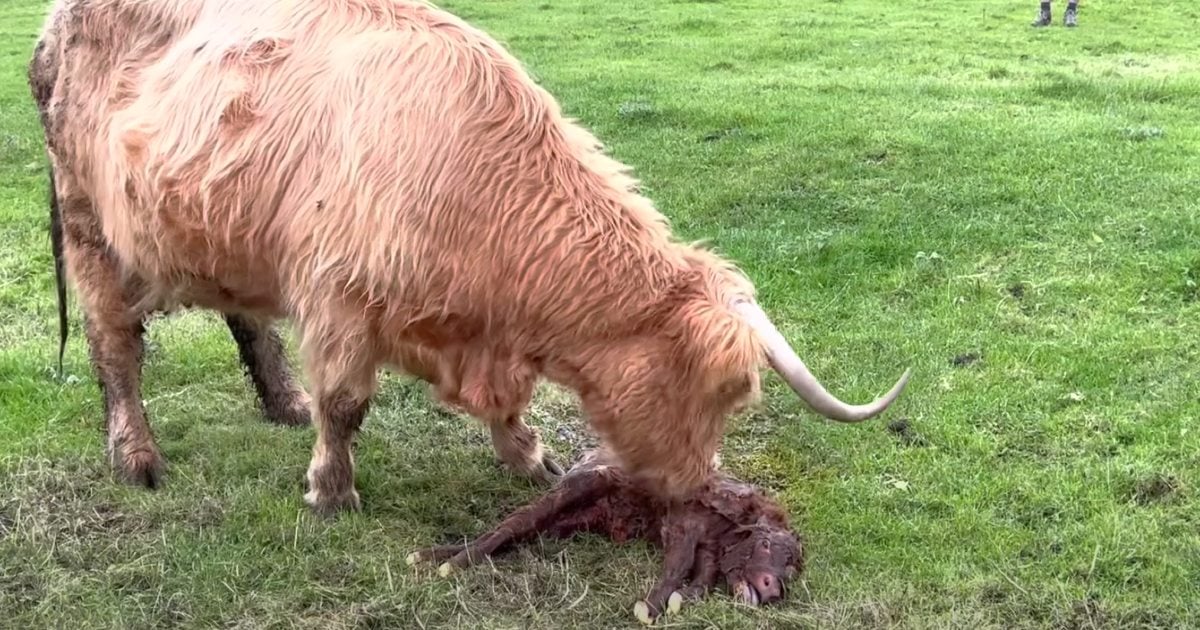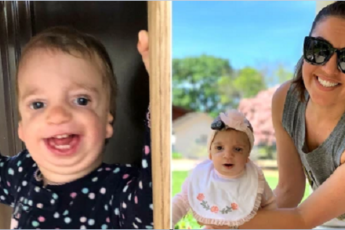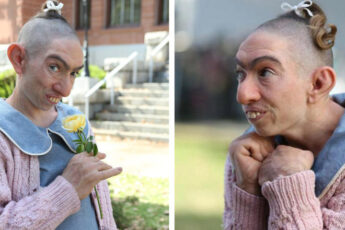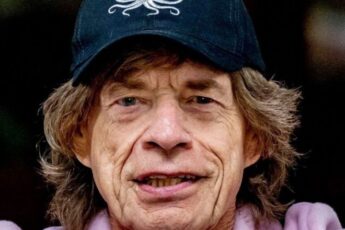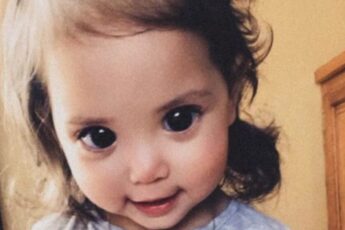
One of the greatest mysteries of life and how life develops within is this. from their conception in the womb through the time of birth.
Because of this, every birth deserves to be celebrated, especially when it took so many hardships to get there.
However, because animals are somehow different from humans, this is more amazing for them.

We never completely understand how animals reproduce, regardless of whether they are born alive or hatch from an egg.
Even if there are some similarities to human birth, people are always in awe of how different they are from us.
It would take some time for the egg to form and much longer time to wait for the eggs to hatch for those creatures that hatch from eggs.
The birth process of those animals that are born alive, on the other hand, is more similar to that of humans, with the main distinctions being the length of the gestation and the length of the labor.
Animal birth is remarkable because of these variations.

Some animals deliver their young already equipped with teeth and able to consume solid food (guinea pigs, for example).
Others were able to walk and stand within only a few minutes or days of being born.
For humans, it would take years to accomplish these tasks!
Cows are one of such creatures, and the way they give birth (or “calve”) is amazing.
At 283 days, or nine months and one week, their gestation period is approximately identical to that of humans.
However, the duration of their calving (or the beginning of the delivery) is only 30 minutes.
When a pregnant cow lies down, its water bag will rupture.
After that, the baby begins to emerge, front hooves first, until it is fully exposed.
The mother instantly gets to her feet and tends to her calf once the baby is delivered.
similar to the birth of this highland cow’s cow at Dale Farm.

It was amazing to watch a mother cow groom her calf as soon as she noticed it was out and on the ground.
She continued to groom the baby by licking and nuzzling him.
The calf began making his first few attempts at standing a few minutes later.

He stumbled and fell more than a few times, as was to be expected.
He was still attempting to establish his balance.
You can see his shaky legs as he took his first steps as he struggled to maintain his equilibrium.
He began to move independently little by little, inch by inch.
Oh, it was so sweet to see this calf struggle, especially since you can see his mother mooing as if to encourage him.
During the first several hours, calves are dependent on their moms.

During the first several hours, calves are dependent on their moms.

Naturally, he was still getting used to what his body was capable of just minutes after birth.
Then he managed to stand up straight and took a few tiny steps.

Most of the time, they stay with them and observe them feeding from their mother. When a cow gives birth, that is just the beginning of a stronger, deeper attachment that will last until the calf is old enough to survive on its own.
Watch the video below to see the calf’s first few steps.
